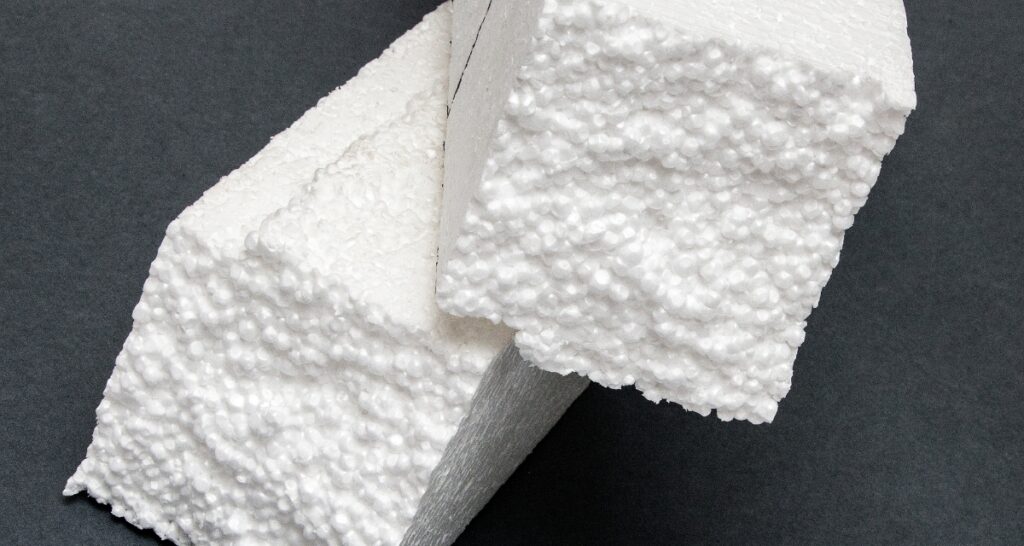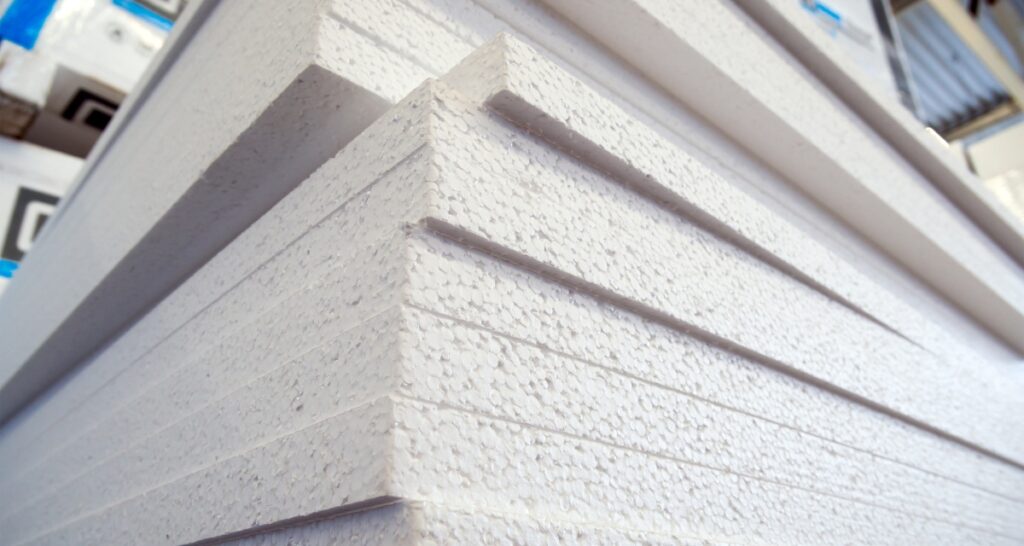Polystyrene, once primarily known for its use in packaging and disposable products, has emerged as a versatile material in Nigeria’s architecture and design industry. Its lightweight nature, thermal insulation properties, and ease of manipulation make it ideal for creative applications that challenge traditional construction methods. Let’s explore how Nigerian architects and builders are reimagining polystyrene in their projects.
Lightweight Partitions: Redefining Space Flexibility
One of the most transformative applications of polystyrene in Nigerian architecture is in lightweight partition systems. These partitions, made from expanded polystyrene (EPS) panels, offer several advantages over traditional brick or concrete walls:
- Weight Reduction: EPS partitions weigh significantly less than conventional materials, reducing structural load and allowing for more flexible building designs.
- Thermal Insulation: The inherent insulation properties of polystyrene help maintain comfortable indoor temperatures, reducing the need for artificial cooling.
- Soundproofing: These partitions effectively dampen noise, creating quieter indoor environments.
- Installation Speed: The lightweight panels can be installed quickly, reducing construction time and labor costs.
Nigerian Examples
Companies like Vindorite Polystyrene Nigeria Limited have pioneered the use of polystyrene partitions in residential and commercial buildings across Nigeria. Their projects include office complexes in Lagos where movable polystyrene partitions allow spaces to be reconfigured for different functions . Similarly, PolyStructure Building Construction LTD has implemented polystyrene partition systems in multi-family housing projects, enabling flexible living spaces that can adapt to changing needs .
Decorative Elements: Where Function Meets Aesthetics
Polystyrene’s ability to be molded into intricate shapes has revolutionized decorative architectural elements in Nigeria. Architects and designers are using EPS to create custom decorative features that would be difficult or expensive to achieve with traditional materials:
- Cornices and Mouldings: Polystyrene can be shaped into elaborate cornices and mouldings that add elegance to building interiors and exteriors.
- Ceiling Designs: Complex ceiling patterns and decorative elements can be created with EPS, enhancing architectural beauty without adding significant weight.
- Facade Embellishments: External decorative elements like pilasters, friezes, and ornamental panels can be crafted from polystyrene, offering both aesthetic appeal and functional benefits.
Nigerian Examples
Temmuz Dort Polystyrene Ventures has become known for its decorative polystyrene applications in Nigerian construction, including custom-designed window hoods, parapets, and ceiling elements . Their work can be seen in commercial buildings and residential properties across Lagos, where polystyrene decorative elements add architectural interest while providing functional benefits like shade and insulation.
Modular Construction: Building Faster and Smarter
Modular construction using polystyrene is gaining traction in Nigeria as a solution to the country’s housing shortage and need for rapid infrastructure development. Polystyrene-based modular systems allow for prefabrication of building components, which can then be assembled on-site with minimal labor and time.
- Speed: Modular polystyrene components can be manufactured off-site while foundation work is completed, significantly reducing overall construction time.
- Cost Efficiency: The lightweight nature of polystyrene reduces transportation costs and requires less structural support, lowering overall construction expenses.
- Versatility: These modules can be configured in various ways to create different building types, from single-family homes to multi-story apartment complexes.
- Sustainability: The reduced construction waste and energy-efficient properties of polystyrene contribute to more sustainable building practices.
Nigerian Examples
The Abuja EPS Housing Project represents one of Nigeria’s most comprehensive uses of polystyrene in modular construction. This housing estate utilizes expanded polystyrene building technology to create affordable, energy-efficient homes that can be constructed quickly to meet the growing demand for urban housing . Similarly, Hitech Polystyrene Industries Limited has developed modular polystyrene systems for infrastructure projects, including schools and healthcare facilities, where rapid deployment and cost-effectiveness are critical .
Other Innovative Applications
Beyond partitions, decorative elements, and modular construction, polystyrene is being used creatively in other architectural applications:
- Formwork for Concrete Structures: Polystyrene is used as formwork for concrete, allowing for complex shapes and designs that would be difficult to achieve with traditional materials .
- Insulated Floor Systems: Expanded polystyrene is incorporated into floor systems to provide thermal insulation and reduce energy consumption .
- Roofing Solutions: Polystyrene-based roofing systems offer lightweight, insulated alternatives to traditional roofing materials while allowing for creative design possibilities.



